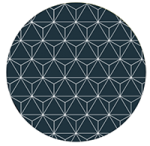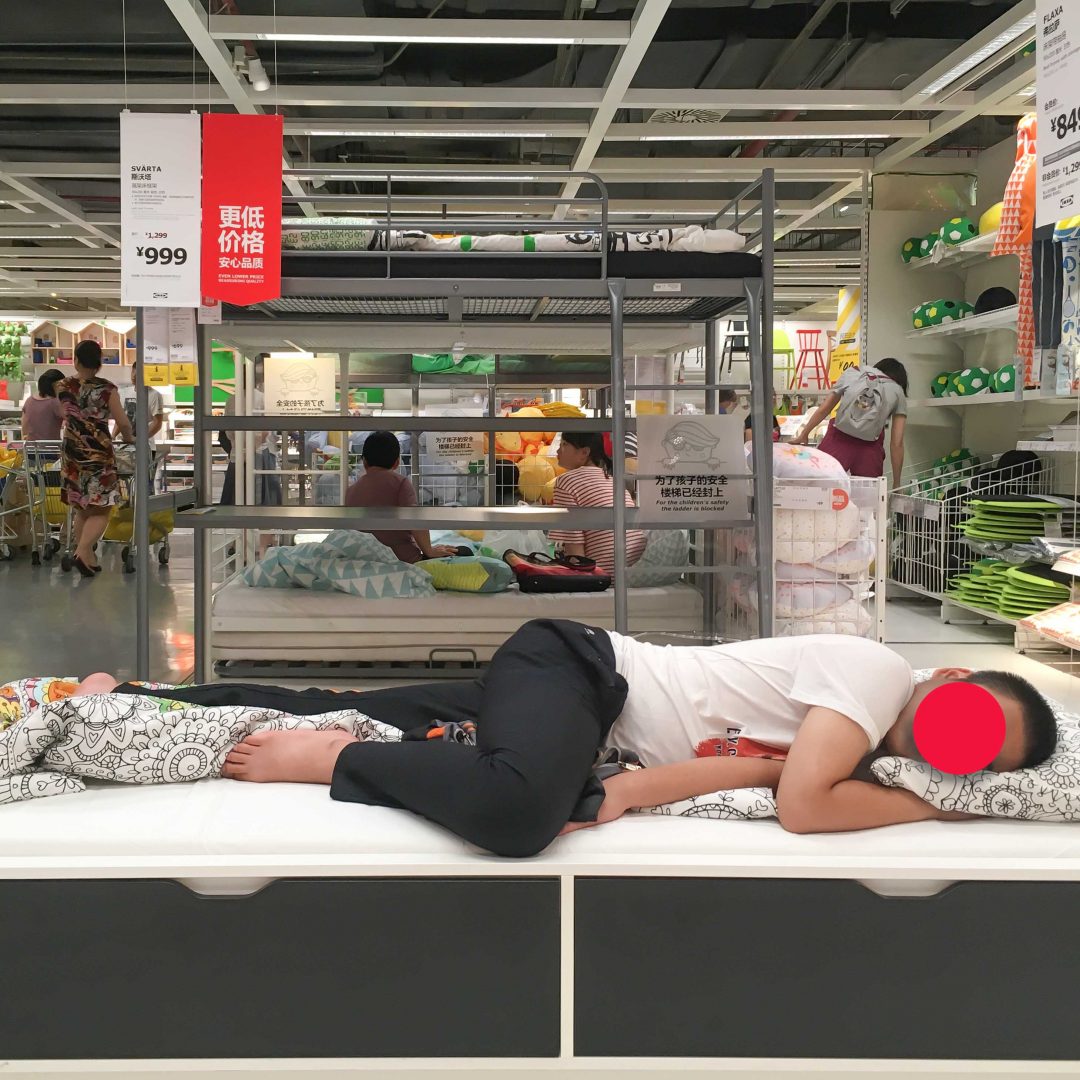The Open Call for the Social Art Award 2019 under the topic “We are the People – Peaceful Revolutions” was closed on December 15, 2019. We are very impressed by 558 submissions that were contributed by artists coming from 65 countries across all continents.
The winners of The Social Art Award 2019 are Narcissa Gold (USA), Melinda Mouzannar (Lebanon) and Bogna Grazyna Jaroslawski (Poland/Germany). The Honorary Mention goes to Kingson Kin Sing Chan (Hong Kong/UK).
Below you find the artworks, that passed the initial jury round. The public voting took place till 30 December and is a tool to give more public visibility to the topic and the artworks. It does not replace the final jury judgment. There were two wildcards for the most voted artworks that entered the final shortlist.
The focus diversity of applications shows that artists are active in the multi-faceted fields of socially engaged art reflecting on wars, genocides, femicides, traumata, violence against refugees, children, women, men, disabled people, LGBTIQs, animals. They share feelings for the planet and its living species, but also showing hopelessness due to complex crises be it climate change (e.g. in regard to water pollution), capitalism, corruption, a violation against human rights, nature, protected national parks. Many of the artists are constantly trying to give a voice to the poorest or empower unheard social groups.
It’s not only about peaceful revolutions, but it’s also about feeling a deep connection and showing love and respect for each other.
Thank you all for sharing your great and inspirational work and look at all the great contributions!
Celebrating Everyday with Ease
YIHSUAN LEE
open category
The rapid progress of Chinese urbanisation gives people a common feeling of alienation in the society. I highlight the negative impact of urbanisation in the modern life of Chinese first-tier cities through my work series Celebrating Everyday with Ease, defying dishonesty and materialism lying in the cities. The Swedish brand IKEA embodies “wonderful life.” It provides its guests mock-up living spaces to experience “the wonder,” but those amazing rooms and spaces also illustrate the loneliness, alienation, anxiety, and a sense of losing control in modern society. The commonly-seen yet absurd visual language forms slim boundary between reality and illusion, reflecting compromise and confusion people of this generation bear insofar as the enriching of material life along with the withering of spiritual life in a less straightforward manner. Applying the viewpoint of an observer, I took secret shots with my smart phone at shopping malls. The smart phone thus became a medium to transmit and embody ideas. According to Lippmann, we live in a fictional world woven by different mediums, and the reality we believe in are only valid in accordance with the rationale of mediums. As for my works and their connotations, I attempted to explore the dual qualities of life – the wonderful and the real one – so I chose the “red dots” commonly used to indicate selling status in the art market to bridge materials and civilisation. Moreover, I went further to discuss the relationships between people and our ties with materials and objects, forcing viewers to look straight to the existing issues in the society. How can art catalyze change?: Starting from my work, I hope that through the images, I can awaken society's identification with this ethnic group, eliminate opposition and criticism, and build an ideal society of mutual assistance and love.
The rapid progress of Chinese urbanisation gives people a common feeling of alienation in the society. I highlight the negative impact of urbanisation in the modern life of Chinese first-tier cities through my work series Celebrating Everyday with Ease, defying dishonesty and materialism lying in the cities. The Swedish brand IKEA embodies “wonderful life.” It provides its guests mock-up living spaces to experience “the wonder,” but those amazing rooms and spaces also illustrate the loneliness, alienation, anxiety, and a sense of losing control in modern society. The commonly-seen yet absurd visual language forms slim boundary between reality and illusion, reflecting compromise and confusion people of this generation bear insofar as the enriching of material life along with the withering of spiritual life in a less straightforward manner. Applying the viewpoint of an observer, I took secret shots with my smart phone at shopping malls. The smart phone thus became a medium to transmit and embody ideas. According to Lippmann, we live in a fictional world woven by different mediums, and the reality we believe in are only valid in accordance with the rationale of mediums. As for my works and their connotations, I attempted to explore the dual qualities of life – the wonderful and the real one – so I chose the “red dots” commonly used to indicate selling status in the art market to bridge materials and civilisation. Moreover, I went further to discuss the relationships between people and our ties with materials and objects, forcing viewers to look straight to the existing issues in the society. How can art catalyze change?: Starting from my work, I hope that through the images, I can awaken society's identification with this ethnic group, eliminate opposition and criticism, and build an ideal society of mutual assistance and love.



